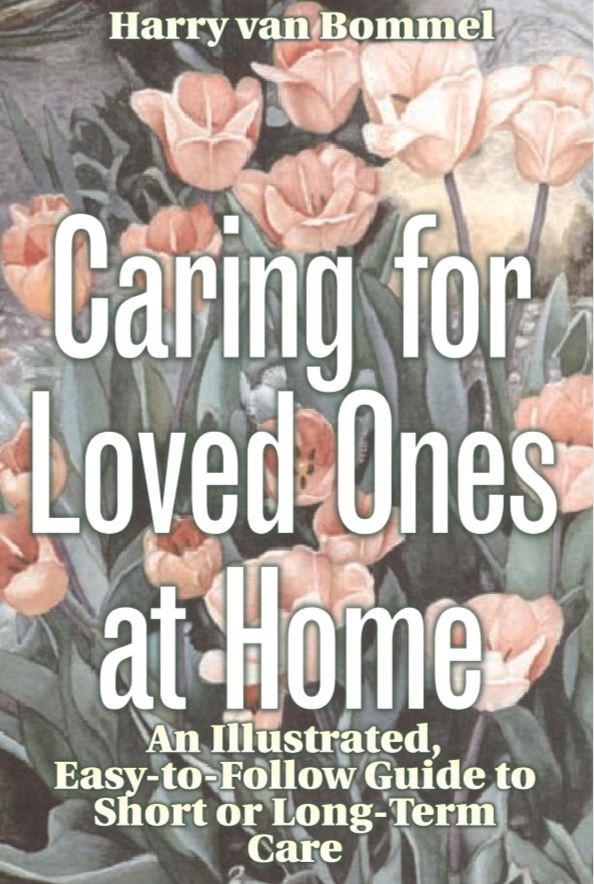When the person can go into the bath or shower you may find the following tips useful.
Before the person goes into the bathroom, have all the things they will need ready. Run the bath and check the water for the person’s preferred temperature. Have the soap, washcloth, shampoo and other items (razor blade, cream, etc.) nearby. Have the towels within easy reach. If possible, put the towels in the dryer for two minutes to warm them up so the person can feel warm when they dry themselves.
Helping people to stand up or sit/lie down can be very difficult on your own body. It is important to remember all the rules of lifting and leaning over that you were taught in school. Remember to bend at the knees when you are picking up an object and keep your back as straight as possible. Remember as well, that the closer you are to the person or object you are lifting, the less strain you put on your lower back, arms and legs. Some regular squatting exercises will help strengthen your legs and lower back.
If you get quite sore by helping someone get up or down, ask your family doctor, visiting home nurse, occupational therapist or chiropractor to give you clearer instructions of how to lift someone properly so that you do not continue to hurt yourself.
Help the person into the bath or shower making sure you bend your knees slightly and keep your back as straight as you can. You may want to put a long towel under their arms to help lower them into the bath.
If the person is able to help themselves more, you can help them sit on the side of the tub (on a warm, non-slip towel or mat), swing their legs over and help them to ease into the tub. Reverse the procedure when they want to get out.
Make sure the bath or shower has a non-slip bath mat.
If the person needs help for weeks or months, it may be wise to adapt your bath or shower with handles and other safety aids. Check with an occupational therapist or physiotherapist through your home care program.
If the person prefers a shower, rent or borrow a bath chair or use a water-resistant chair so they can sit down comfortably. Your home care program may be able to arrange this.
The person may feel more comfortable if their genital area is covered. You can use a short apron or modified towel with Velcro tabs so the person has the privacy they want.
Giving a Bed Bath
Bed baths may be a little (or a lot) embarrassing for someone. However, they are necessary for people who cannot take a bath or shower. The person must stay clean and dry throughout the day and night. Bed baths can be quite comforting because they allow a little exercise, improve blood circulation and also provide an opportunity for gentle massage and a chat if the person enjoys that. They also give you a chance to check for bedsores, bruises, rashes and other skin conditions. Bed baths are an intimate experience and must be done with respect and compassion. They should not be rushed. You may even want some music playing in the background for mutual enjoyment.
My father and I were very shy the first time we helped wash my mother in bed. We didn’t know what we were doing so my father and I washed her from top to bottom, all at once. Then we dried her from top to bottom, all at once. She froze. We learned to wash and dry one part at a time and keep the rest covered for warmth. She was so patient with us.
What You Need
-
• A large bowl or basin filled with hot water (hot enough to be warming).
-
• Mild soap.
-
• Skin lotion, cream and/or powder.
-
• Washcloths (for washing and rinsing) and towels.
-
• Personal toiletries: comb, brush, toothbrush and paste, nail file and clippers, make-up, deodorant, shaving items, perfume/cologne (whatever the person needs).
-
• A suitable change of clothing.
What You Do
Wash your hands thoroughly and try to make the room temperature comfortably warm or cool depending on the season.
Let the person do as much as possible for themselves.
Wash one body part at a time starting at the face and working down or in the reverse direction; whichever the person prefers. The rest of the body should be covered with the top bed sheet or a large warm towel.
During a bed bath, you may also put a basin of water on a towel at the foot of the bed so the person can soak one foot at a time in the basin. It is very comforting. Dry the feet when they are finished.
Wash carefully under the skin folds since these are the most likely spots for rashes or other skin problems. This is especially true under the arm, in the groin area, buttocks, stomach skin folds, and under a woman’s breasts. In sensitive areas, the person may be able to help with the washing more than in other areas.
Cleaning the back is the perfect opportunity to give someone a back rub whether they are on their stomach or on their side. Once you have cleaned them you can use skin lotion to evenly massage the upper and lower back and buttocks. Ask the person how they like their backs rubbed best and follow their lead. Use soft pressure and move your hands in circular motions. Do it several times, always keeping your hands on the person’s skin and using enough lotion so that your hands move smoothly. You can also do this while a person is sitting at a table leaning over and resting their head on a pillow. This may be very helpful for people who cannot lay on their stomach or sides for very long e.g., elders or people who have had recent surgery or who have breathing problems.
People often enjoy having their face, temples, neck, hands, elbows, feet and heels massaged as well. Again follow their wishes.
Once you have completely washed and dried the person, help them with their personal hygiene. For example, they may want to use deodorant, put on some makeup, have their hair combed, etc.
Help them put on their clothes in whatever way they ask.
Caring For Loved Ones At Home – Free eBook – click here.
Click here for Harry’s previous article on Moving Someone In Bed.
This article is intended for informational purposes only. If you have any questions or are considering any recommendations, please consult your health practitioner.























